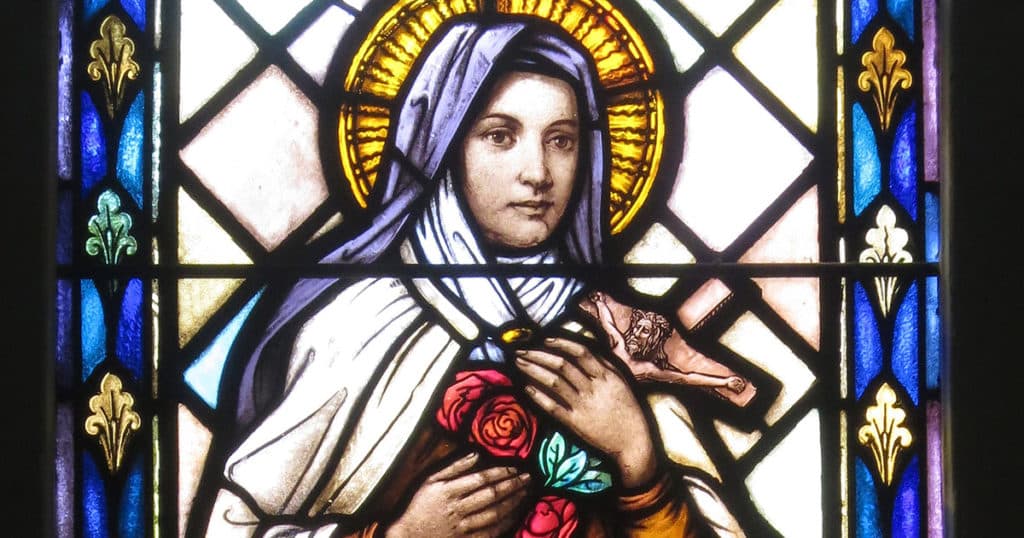The young religious sister whom Saint Pius X described as “the greatest saint of modern times,” spent nine years in a cloistered convent in northern France. The “Patroness of the Missions” never visited one, although she corresponded with priests who served as missionaries. The titles by which the world knows her gloss over the truth about her time in religious life: She was not that remarkable.
This is what prompted her superior (and biological sister) to ask that Sister Thérèse of the Child Jesus and the Holy Face write the story of both her life and her relationship with Jesus. The Carmelite convent in Lisieux, where another three of her sisters were members, would later use this manuscript as an obituary that they would send to other Carmelite convents after her premature death.
Thus, in obedience to her superior, Sister Thérèse composed her “spiritual autobiography,” while dying from tuberculosis. Throughout it, she speaks candidly about her life as a child, her call to religious life, her love of family, and, of course, she speaks about the way in which she understands Christian discipleship. Less than twenty-five years after her death in 1897, her autobiography had spread throughout the world. The story of her life captivated women and men, especially French soldiers fighting in World War I. Her simple yet powerful explanation of living in relationship with God not only awakened hearts but also brought hope to thousands of Catholics.
Her “spiritual doctrine,” popularly known as “The Little Way of Spiritual Childhood,” liberated thousands of Catholics from a rigid legalistic and moralistic understanding of the faith. Saint Thérèse helped people understand that sanctity was not for a limited few, but for all the baptized. Her childlike confidence and abandonment to Jesus led her to offer up to the Lord the simple duties and obligations of her religious life. She believed that nothing was too little to give Jesus, and nothing done out of love for him was insignificant. Saint Thérèse was confident that Christ longed to lift everyone up to the height and depth and breadth of holiness.
On her deathbed, Saint Thérèse promised to spend her time in heaven doing good upon the earth. The sign of her continued care would be “a shower of rose petals.” As the time of her death drew near, her words possessed a marked enthusiasm at being able to continue serving the Lord. Those that are devoted to her know well that she makes good on her promise. This “Little Flower” from Lisieux continues to captivate women and men today.
Saint John Paul II, Saint Teresa of Calcutta, Pope Emeritus Benedict XVI, Dorothy Day, and many other well-known Catholic figures have had a deep devotion to Saint Thérèse. Saint John Paul II was so taken with the profundity of her thought that he her declared her a Doctor of the Church, giving her a place alongside such notable women as Saint Teresa of Avila, Saint Catherine of Siena, and Saint Hildegard of Bingen. This is quite an accomplishment for a young woman who regarded herself as a little toy ball tossed aside and forgotten by Jesus. Each of our lives matter to Jesus.
Perhaps this is why so many lives still resonate with hers. It is easy to feel insignificant and unimportant. Yet, the clear and compelling language of her story and her letters remains the perfect antidote to such feelings.








